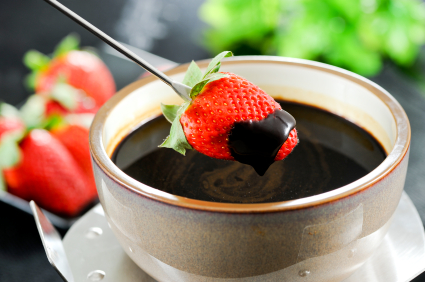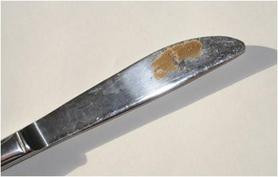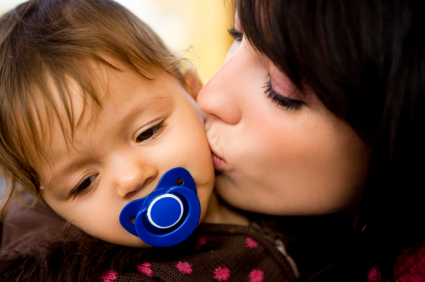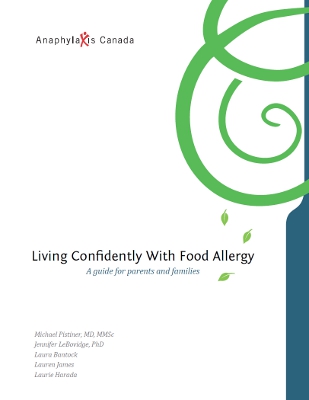You may hear the term “cross-contamination” or “cross-contact” when people talk about possible risks for those with food allergies. Cross-contamination can happen when a small amount of a food allergen gets into another food accidentally, or when it is present in saliva, on a surface or on an object. This small amount of an allergen could cause an allergic reaction.
Examples of cross-contamination8
 Food to food – For example, nuts on top of a salad will lead to cross-contamination of other foods in the salad, even if the nuts are taken off.
Food to food – For example, nuts on top of a salad will lead to cross-contamination of other foods in the salad, even if the nuts are taken off.
 Food to object – Cookware, dishes, utensils (e.g. forks, spoons, knives) or cooking surfaces that are not properly cleaned before preparing food for someone with a food allergy could lead to cross-contamination.
Food to object – Cookware, dishes, utensils (e.g. forks, spoons, knives) or cooking surfaces that are not properly cleaned before preparing food for someone with a food allergy could lead to cross-contamination.
 Food to saliva – Food allergens can be passed on through saliva from people and pets. Anything that goes into the mouth could be a possible source of cross-contamination.5
Food to saliva – Food allergens can be passed on through saliva from people and pets. Anything that goes into the mouth could be a possible source of cross-contamination.5
Keep in mind that children understand more as they get older. There can be more risks for young children who learn about their world by touching. They often have poor hand-washing skills and may put things (e.g. toys) into their mouths and touch their eyes and nose.9
Older children are better at hand-washing, but new issues come up as they as mature. For example, they may not think about the risks of sharing lipstick or kissing.
Ways to reduce the risk of cross-contamination
- Teach your child to wash their hands before and after eating or before touching their eyes, nose or mouth. A small research study found that soap and water and commercial hand-wipes removed allergens but hand sanitizing gels did not.13
- Carry hand wipes in case soap and water are not available.
- Do not share food, utensils, or drinks.
- Do not pick an allergen out of a food (e.g. removing nuts from a salad). This will not make it safe. The person with the food allergy will need a new meal prepared for them.
- Wash cookware (pots, pans), dishes and cutlery (spoons, knives, forks) well. Food that is stuck onto dishes or utensils that have gone through the dishwasher can still cause an allergic reaction.
- Clean surfaces with soap and water, commercial cleaners or commercial wipes.13
- Allergens can stay on sponges and towels so the safest option is to use disposable methods, such as paper towel or wipes.
5. Maloney, J.M., Chapman, M.D., and Sicherer, S.H. “Peanut allergen exposure through saliva: Assessment and interventions to reduce exposure.” The Journal of Allergy and Clinical Immunology 118.3 (2006): 719-724.
8. Kim, J.S. and Sicherer, S.H. “Living with Food Allergy: Allergen Avoidance.” Pediatric Clinics of North America 58.2 (2011): 459-470.
9. Tulve, N. et al.“Frequency of mouthing behavior in young children.” Journal of Exposure Analysis and Environmental Epidemiology 12 (2002): 259–264.
13. Perry, T.T. et al. “Distribution of peanut allergen in the environment.” Journal of Allergy and Clinical Immunology 113.5 (2004): 973-6.

